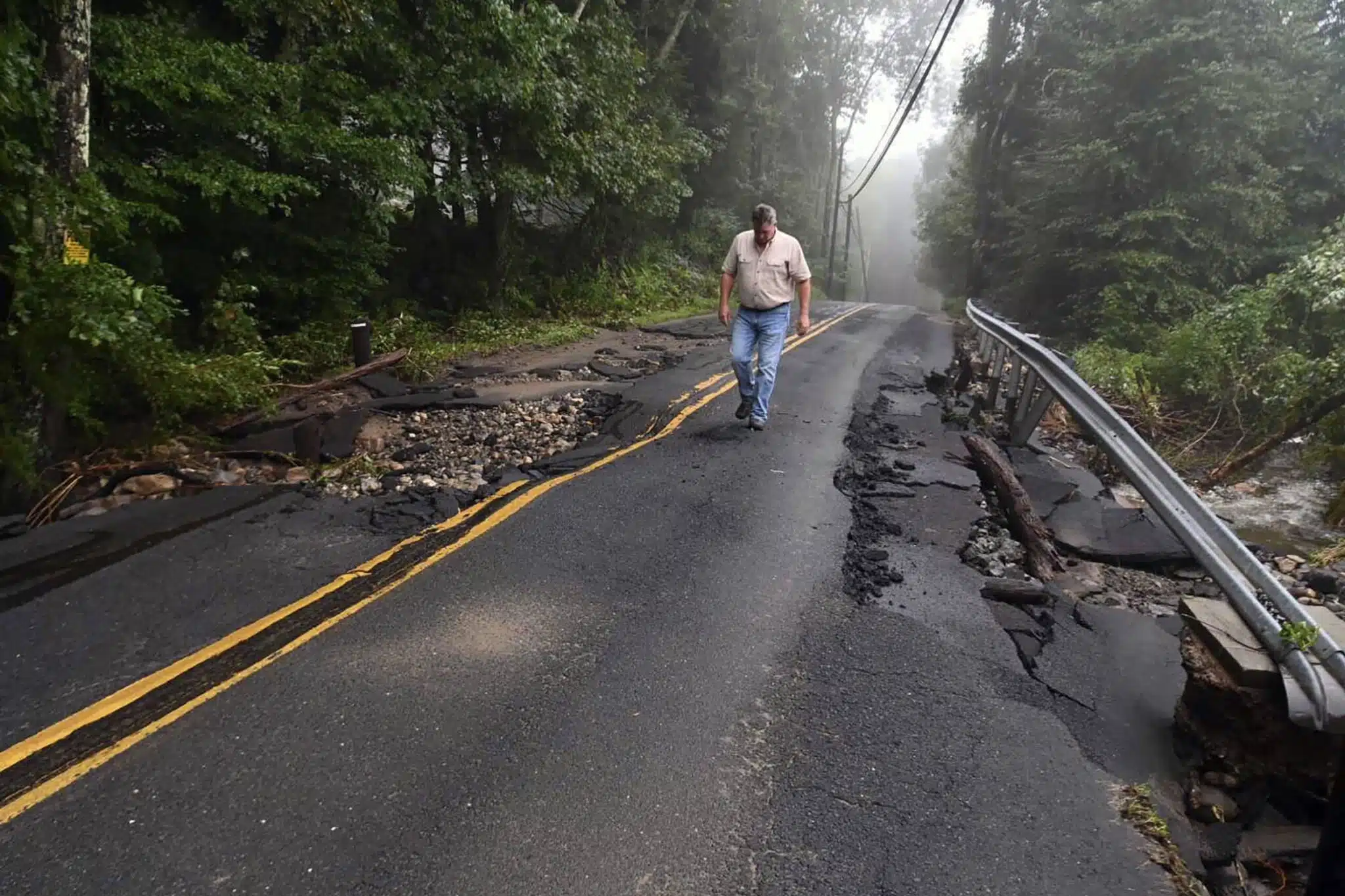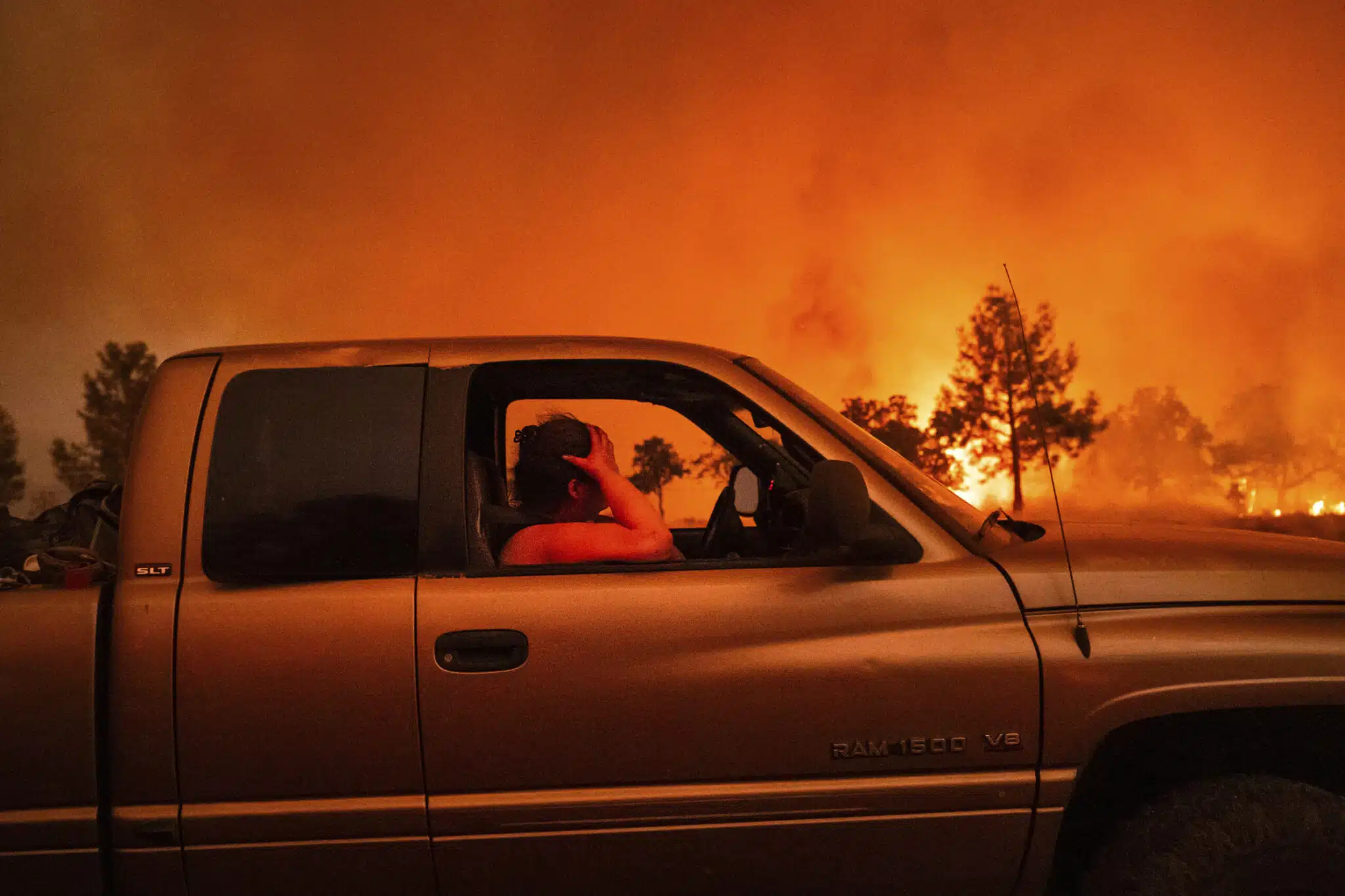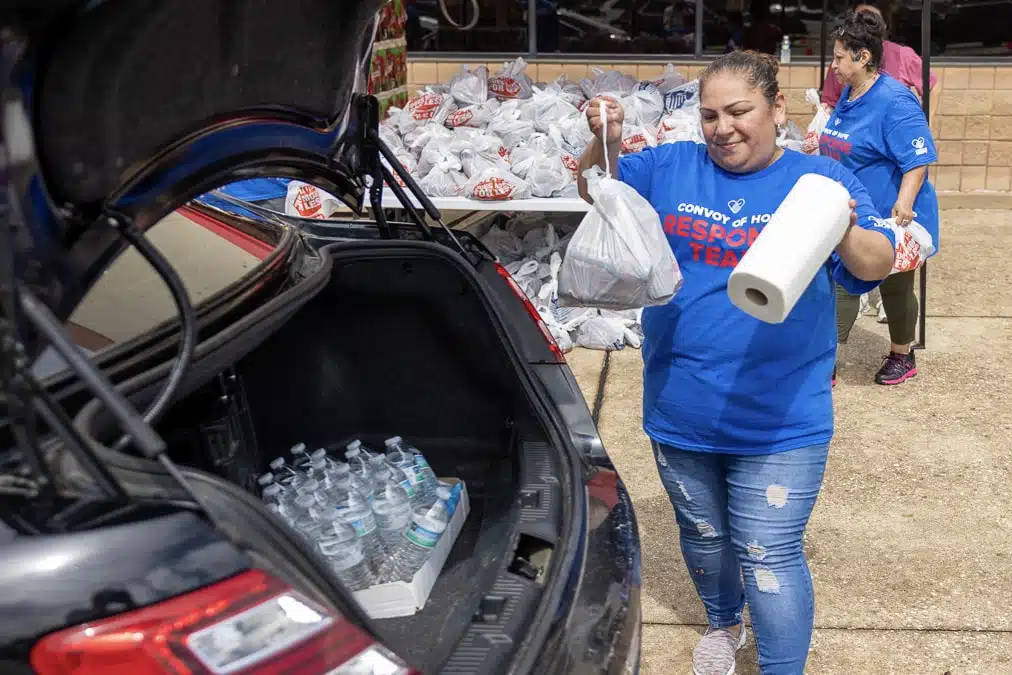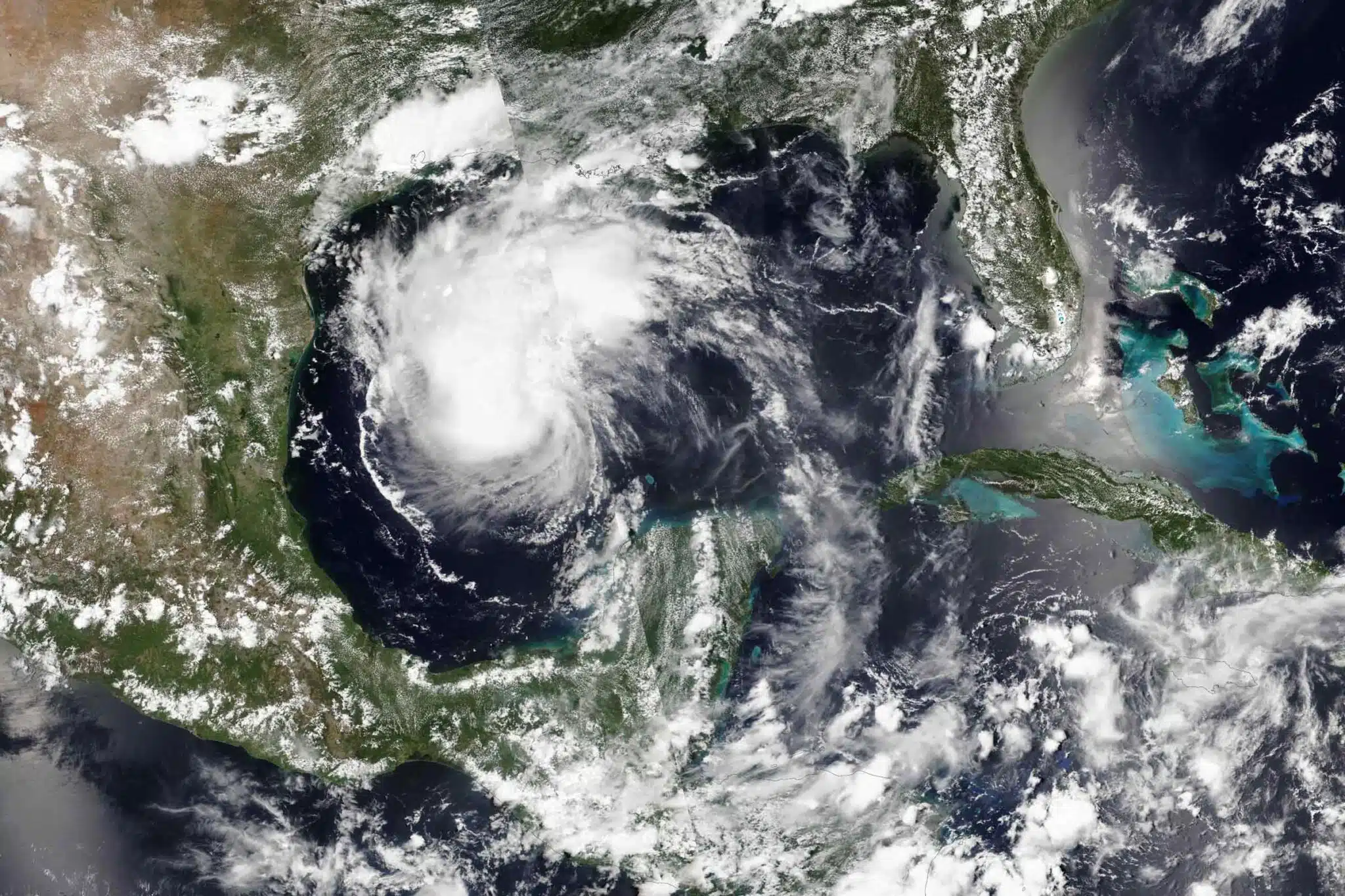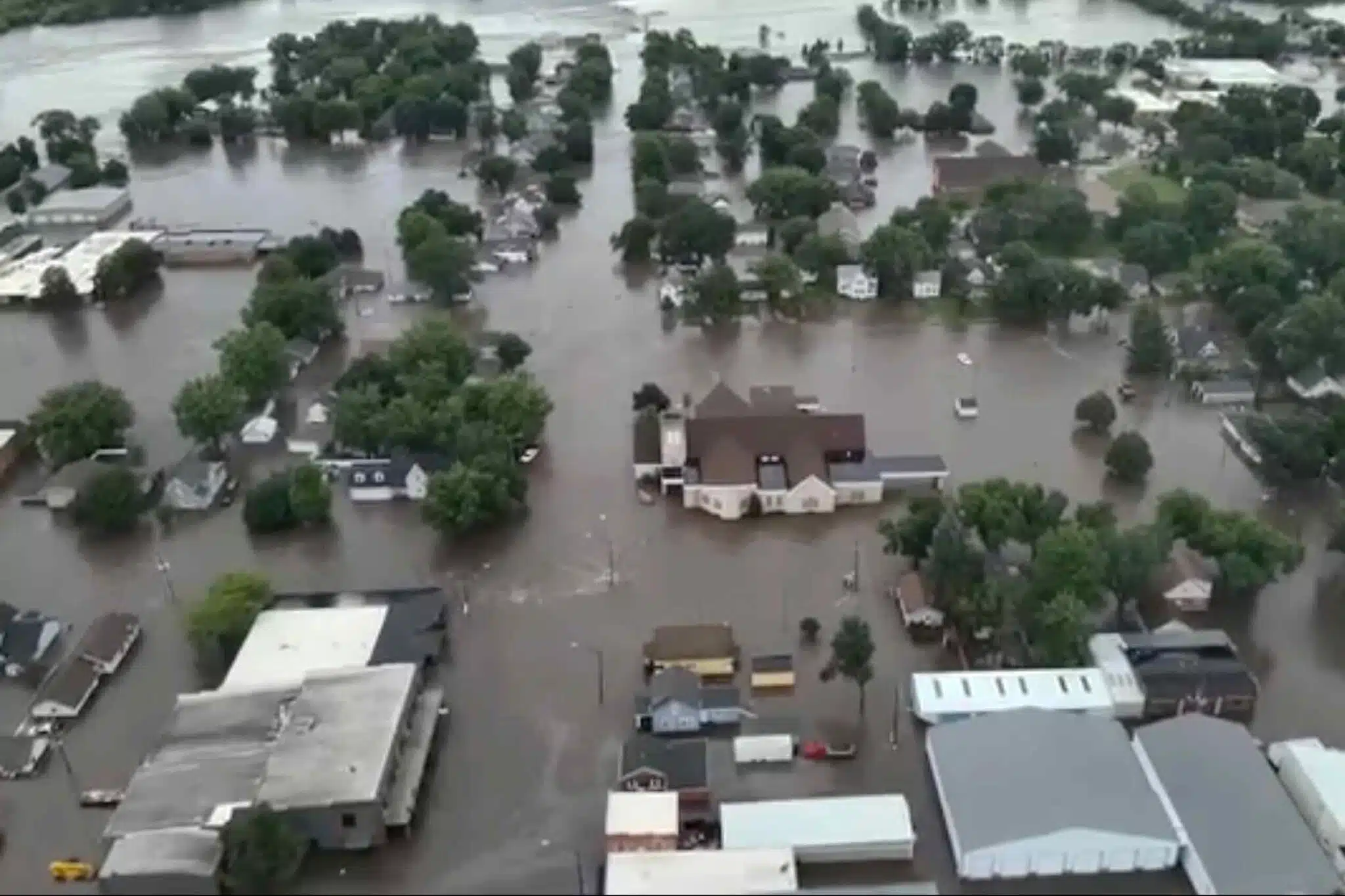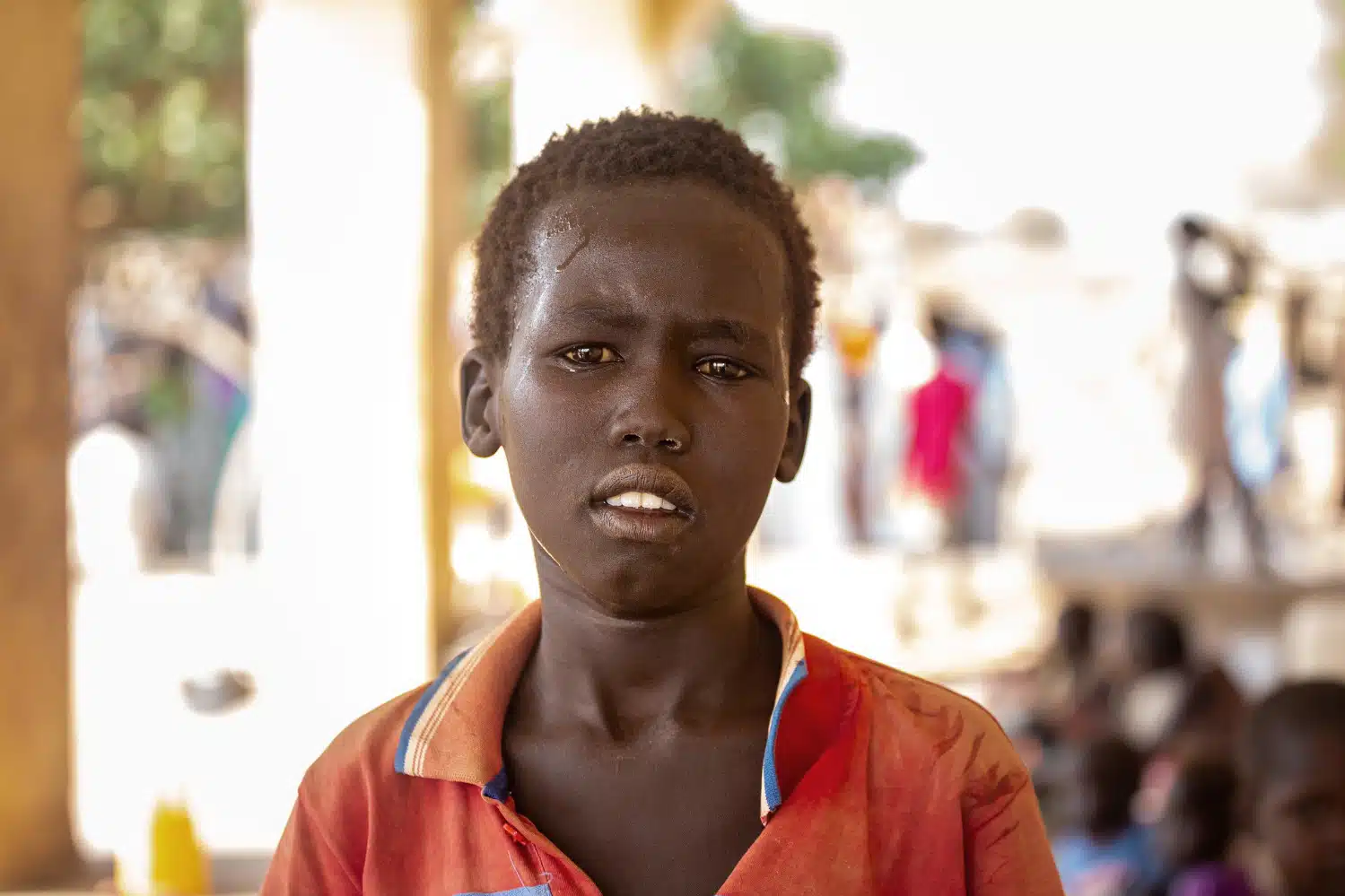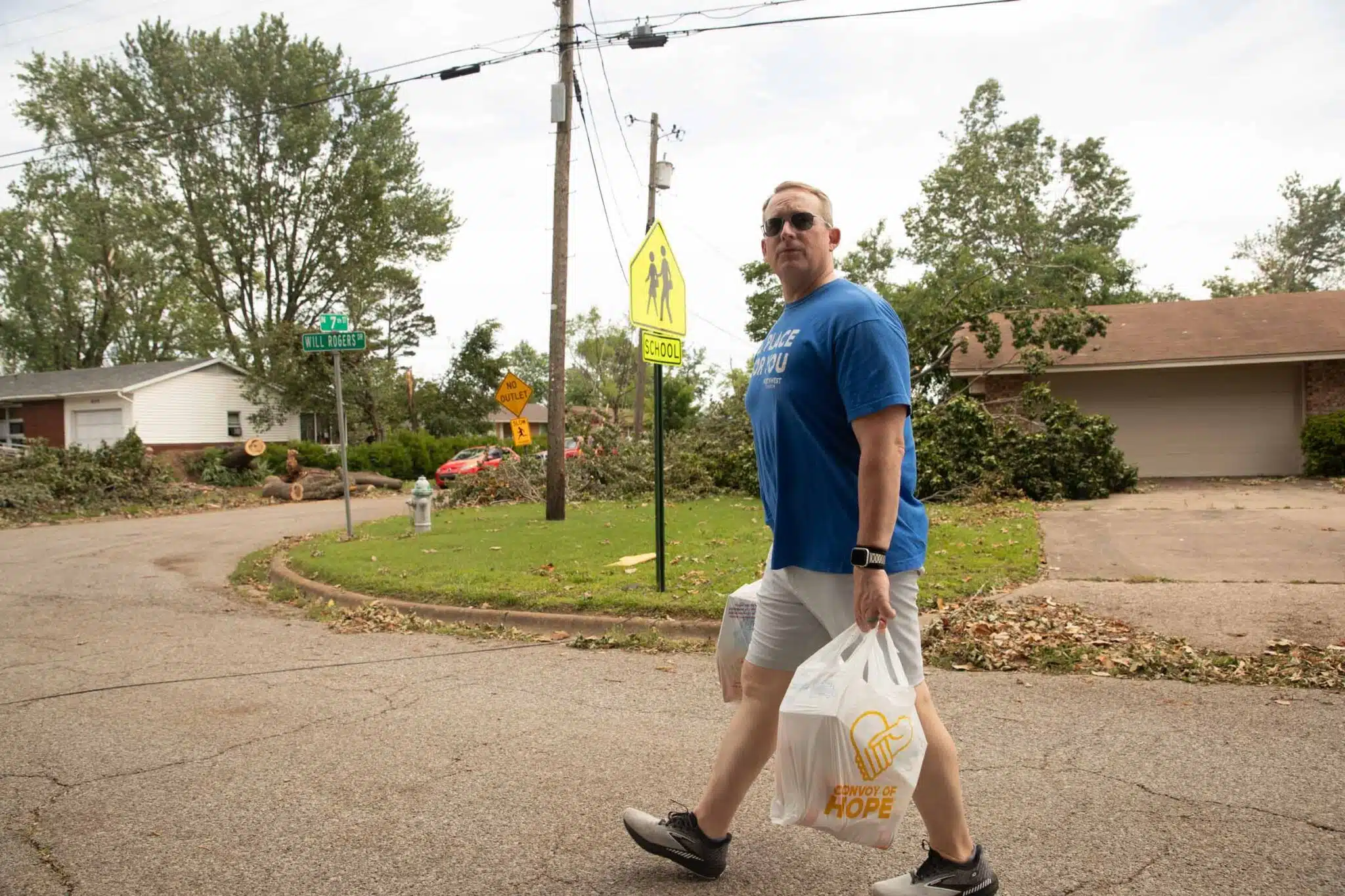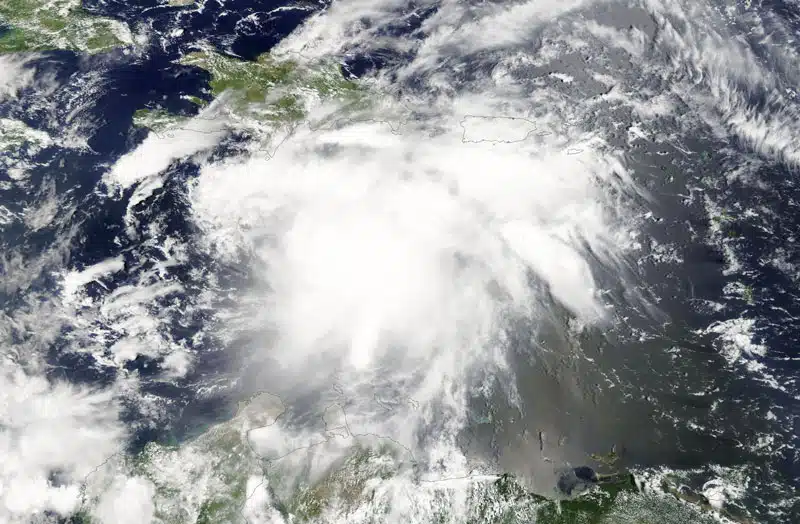When you think of hurricanes, the first things that probably come to mind are strong winds, heavy rains, and significant damage.
However, there’s another fascinating aspect of hurricanes: their names.
Every year, we hear about hurricanes with different names, and if you’re wondering how they name hurricanes, you’re not alone.
In this article, we’ll dive into the world of hurricane names, focusing specifically on the hurricane names for 2024.

We’ll also discuss the history behind naming hurricanes, who names them, and why some names are retired.
By the end, you’ll have a better understanding of this intriguing aspect of weather phenomena.
Who Names Hurricanes?
You might wonder, “How are hurricanes named?”
The answer lies with the World Meteorological Organization (WMO), a specialized agency of the United Nations.
The WMO has been responsible for naming hurricanes and tropical storms in the Atlantic Ocean and other regions since the 1950s.
The history of naming hurricanes dates back to the 1800s when hurricanes might be identified by the places they hit, the year they occurred, or the name of a saint.
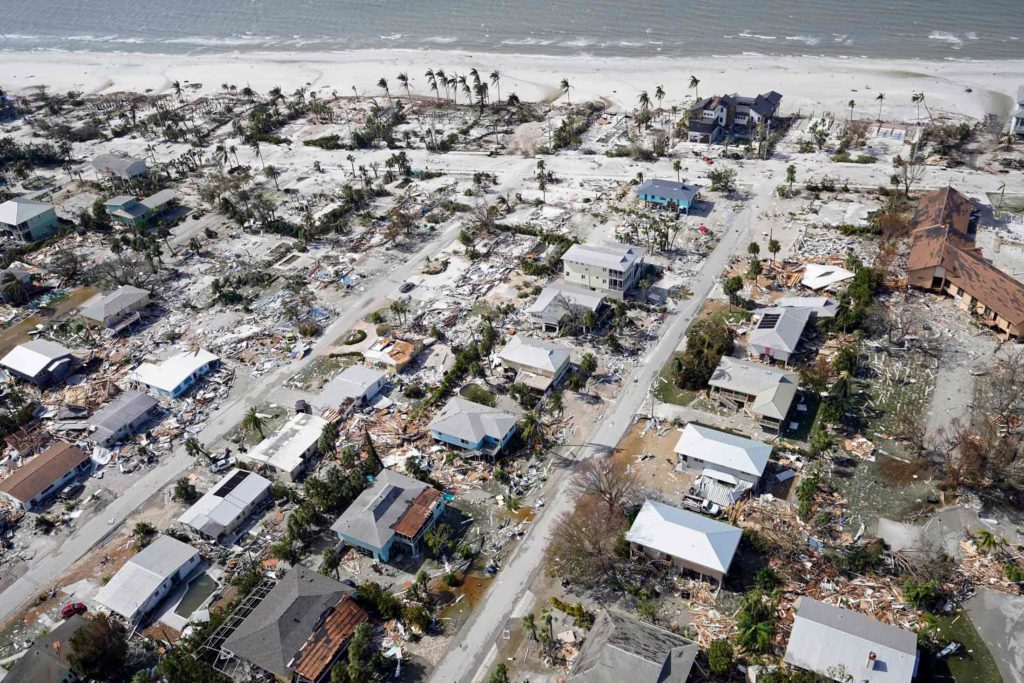
This method proved confusing, especially when multiple hurricanes occurred simultaneously. To avoid confusion, the idea of giving hurricanes officially designated names was proposed.
The History and Process of Naming Hurricanes
1800s
Hurricanes might be identified by the places they hit, the year they occurred, or the name of a saint.
1953
The United States started using female names for hurricanes, a practice borrowed from the military’s phonetic alphabet.
1978
Male names were included in the Eastern North Pacific storm lists.
1979
In 1979, male and female names were included in lists for the Atlantic and Gulf of Mexico.
Present Day
In the current system, hurricane names on alphabetical lists alternate between male and female. These names are selected years in advance and are part of a rotating list series that repeats every six years.
Fun Fact
A tropical cyclone is a general term for a rotating storm system that forms over tropical or subtropical waters.
A hurricane specifically refers to a tropical cyclone with sustained winds of at least 74 mph occurring in the Atlantic Ocean or northeastern Pacific Ocean.
If the storm system forms in the Atlantic Ocean, it may also initially be referred to as an “Atlantic Storm” before its wind speed causes it to become a hurricane.

The Power of Preparedness
Ensure your family is protected in the face of unexpected challenges with our Disaster Preparedness Guide.
Topics Include:
— Family Communication Plan
— Evacuation Plans
— Care for Pets
— Weather Monitoring
Download Our Disaster Preparedness Guide!
Start your journey to preparedness now and download the guide to learn practical steps for facing any disaster confidently.
“*” indicates required fields
"*" indicates required fields
Why Names Are Retired
Occasionally, a hurricane causes such significant damage and loss of life that its name is retired out of respect for the victims and to avoid confusion in the future.
A name is retired during the annual meetings of the Hurricane Committee of the World Meteorological Organization.
For example, Florence and Michael were significant hurricanes during the 2018 season.
- • Hurricane Florence reached Category 4 status, with highest sustained winds of 150 mph. The storm system killed 54 people — most of them in North Carolina, which took the brunt of its landfall.
- • Hurricane Michael’s winds were measured at 160 mph, placing it in the top Category 5 slot on the Saffir-Simpson scale. Across the southeast United States and into Central America, Michael brought 74 fatalities.
With both storms causing such extensive death and destruction, the WMO retired their names in March 2019 and replaced them with Francine and Milton for the 2024 season.
Retired Hurricane Names
Retiring a hurricane name is a significant decision made by the World Meteorological Organization. Here are five of the most well-known retired hurricane names:
Katrina (2005)
One of the deadliest hurricanes in U.S. history, causing over 1,800 fatalities and $125 billion in damage, primarily in New Orleans.
Andrew (1992)
A Category 5 hurricane that devastated parts of South Florida, causing $27.3 billion in damage and resulting in 65 fatalities.
Harvey (2017)
This hurricane caused catastrophic flooding in Texas, with damages estimated at $125 billion and 68 direct deaths.
Sandy (2012)
Known for its extensive damage in the northeastern United States, Sandy caused $70.2 billion in damage and resulted in 233 deaths across eight countries.
Irma (2017)
A powerful Category 5 hurricane that wreaked havoc across the Caribbean and the southeastern United States, causing $77.2 billion in damage and 134 fatalities.
These hurricanes are remembered not only for the destruction they caused but also for the lasting impact they had on communities and infrastructure. The retired names of hurricanes offer a powerful reminder that you need to take seriously the approach of any named storm in your area.
Hurricane Names List for 2024
You can see the entire list of names for 2024 below. The alphabetical order means that earlier names, such as Alberto through Gordon, have a decent chance of being used during the season.
In most seasons, the later names on the list are unused.
However, the 2024 Atlantic hurricane season is expected to be unusually active, with as many as 25 named storms.
Here is the official hurricane names list for 2024. You can follow 2024’s anticipated storms as they happen by clicking the specific link for each name below.
Fun Fact
When there are more storms than names available on the initial list, a supplemental list using the names for letters in the Greek alphabet is used.
Check out how the 2020 hurricane season stretched the original list of names and currently reigns as the most active season on record.
These names will be used for hurricanes and tropical storms that form in the Atlantic Basin, which includes the Atlantic Ocean, the Caribbean Sea, and the Gulf of Mexico — most likely affecting North, South, and Central America.
Next Steps
If you live in a region prone to hurricanes, it is very important to be prepared for the arrival of a named storm.
As you keep an eye on the hurricane names list for 2024, remember that preparation and safety should always be your top priorities. Whether you’re in the United States, the Caribbean Sea, or the Gulf of Mexico, understanding and respecting these natural phenomena can help you stay safe and informed.
By familiarizing yourself with how hurricanes are named and the significance behind each name, you’ll be better equipped to understand weather reports and take the necessary steps to protect yourself and your loved ones.
Stay safe, stay prepared, and keep this guide handy as you navigate this year’s hurricane season.
